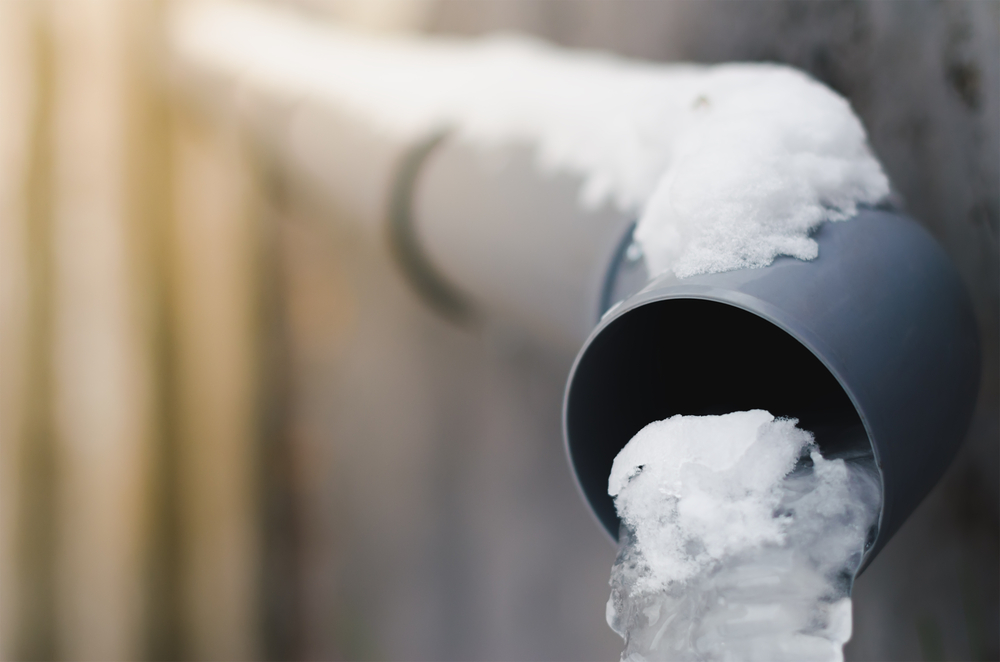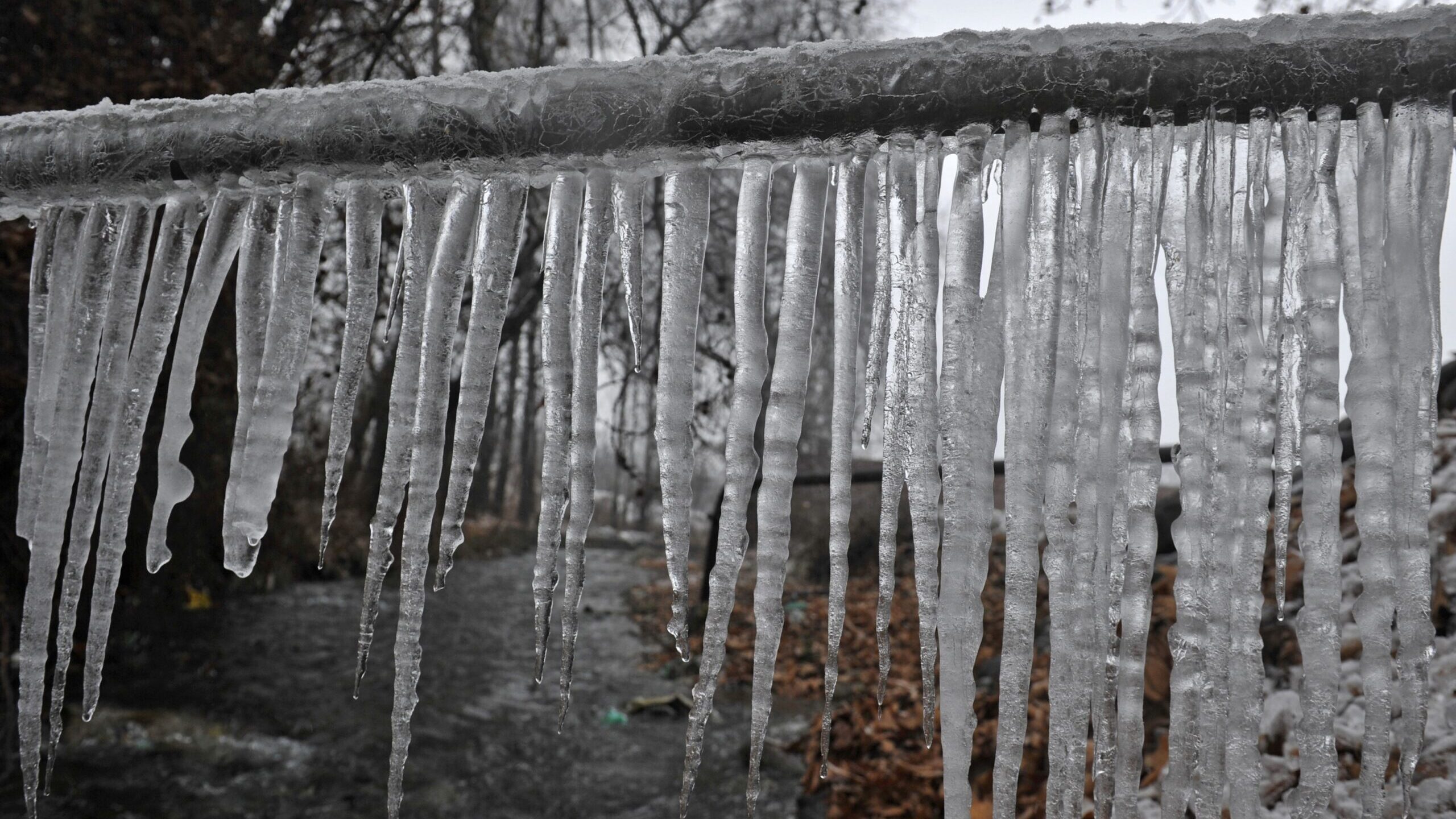Preventing Frozen Plumbing in Winter: Expert Tips
Preventing Frozen Plumbing in Winter: Expert Tips
Blog Article
How do you feel in regards to How To Avoid Freezing Pipes?

Cold weather can wreak havoc on your pipes, specifically by freezing pipelines. Here's exactly how to stop it from taking place and what to do if it does.
Intro
As temperatures decrease, the danger of frozen pipelines increases, potentially causing costly repair services and water damage. Comprehending just how to avoid frozen pipelines is vital for home owners in cold environments.
Avoidance Tips
Protecting prone pipelines
Cover pipelines in insulation sleeves or use warmth tape to shield them from freezing temperature levels. Focus on pipes in unheated or exterior areas of the home.
Heating methods
Keep interior areas effectively warmed, particularly areas with pipes. Open cupboard doors to permit warm air to distribute around pipes under sinks.
Exactly how to determine frozen pipelines
Try to find lowered water circulation from faucets, uncommon smells or noises from pipes, and noticeable frost on revealed pipelines.
Long-Term Solutions
Structural changes
Consider rerouting pipelines far from exterior wall surfaces or unheated areas. Include added insulation to attic rooms, basements, and crawl spaces.
Upgrading insulation
Buy high-grade insulation for pipelines, attics, and walls. Appropriate insulation assists preserve constant temperature levels and lowers the danger of frozen pipelines.
Shielding Exterior Plumbing
Garden pipes and outdoor taps
Separate and drain yard pipes before winter months. Install frost-proof faucets or cover outside faucets with shielded caps.
Comprehending Icy Pipelines
What triggers pipelines to ice up?
Pipes freeze when subjected to temperature levels below 32 ° F (0 ° C) for prolonged durations. As water inside the pipelines freezes, it expands, putting pressure on the pipeline wall surfaces and possibly creating them to break.
Risks and damages
Frozen pipes can cause water disruptions, building damages, and pricey fixings. Ruptured pipes can flood homes and cause extensive architectural damages.
Signs of Frozen Pipes
Recognizing icy pipes early can prevent them from rupturing.
What to Do If Your Pipelines Freeze
Immediate activities to take
If you believe icy pipelines, keep faucets available to soothe stress as the ice melts. Make use of a hairdryer or towels taken in hot water to thaw pipes slowly.
Verdict
Protecting against frozen pipelines needs proactive measures and quick feedbacks. By understanding the causes, indications, and safety nets, property owners can protect their pipes during winter.
6 Proven Ways to Prevent Frozen Pipes and Protect Your Home
Disconnect and Drain Garden Hoses
Before winter arrives, start by disconnecting your garden hoses and draining any remaining water. Close the shut-off valves that supply outdoor hose bibs and leave the outdoor faucet open to allow any residual water to drain. For extra protection, consider using faucet covers throughout the colder months. It’s also important to drain water from any sprinkler supply lines following the manufacturer’s directions.
Insulate Exposed Pipes
Insulating your pipes is an effective way to prevent freezing. Pipe insulation is readily available at home improvement stores and is relatively inexpensive. Pay close attention to pipes in unheated areas such as the attic, basement, crawl spaces, or garage. Apply foam insulation generously to create a buffer against the cold. You can also wrap your pipes in heat tape or thermostat-controlled heat cables for added warmth.
Seal Air Leaks
Inspect your home for any cracks or openings that could let in cold air. Seal any holes around the piping in interior or exterior walls, as well as the sill plates where your home rests on its foundation. Additionally, make sure to keep your garage door closed unless you’re entering or exiting. Leaving it open creates a significant air leak that can lead to frozen pipes.
Allow Warm Air Circulation
During cold snaps, it’s essential to allow warm air to circulate evenly throughout your home. Leave interior doors ajar to promote better airflow. Open kitchen and bathroom cabinets to help distribute heat consistently around the rooms. If you have small children or pets, be sure to remove any household chemicals or potentially harmful cleaners from open cabinets for safety.
Let Faucets Drip
A small trickle of water can make a big difference in preventing ice formation inside your pipes. When temperatures drop significantly, start a drip of water from all faucets served by exposed pipes. This continuous flow helps prevent the water from freezing. Additionally, running a few faucets slightly can relieve pressure inside the pipes, reducing the chances of a rupture if the water inside does freeze.
https://choateshvac.com/6-proven-ways-to-prevent-frozen-pipes-and-protect-your-home/

As an avid person who reads about 6 Ways to Prevent Frozen Pipes, I figured sharing that editorial was really helpful. For those who appreciated our blog posting kindly be sure to share it. I recognize the value of your readership.
Click Here Report this page